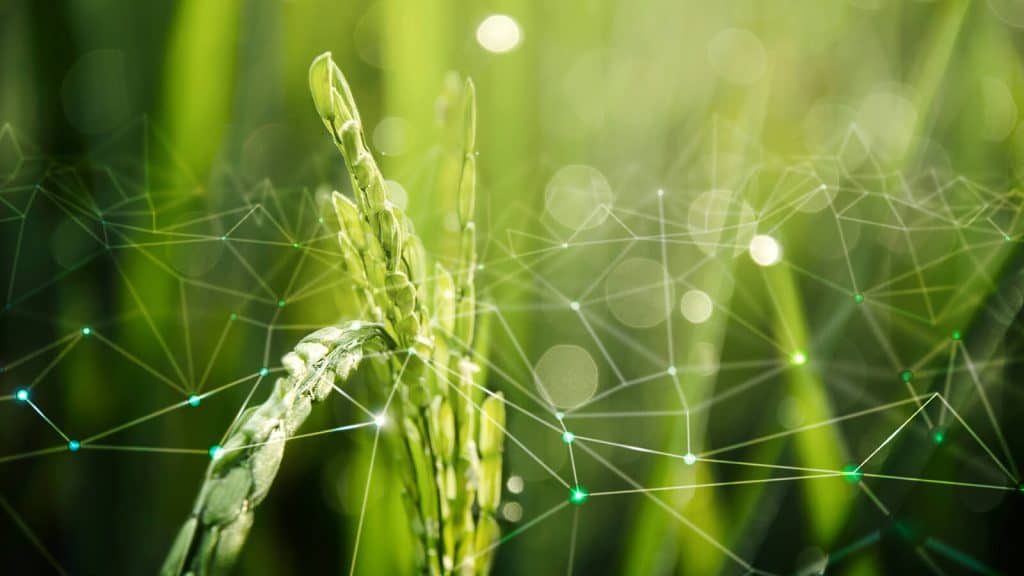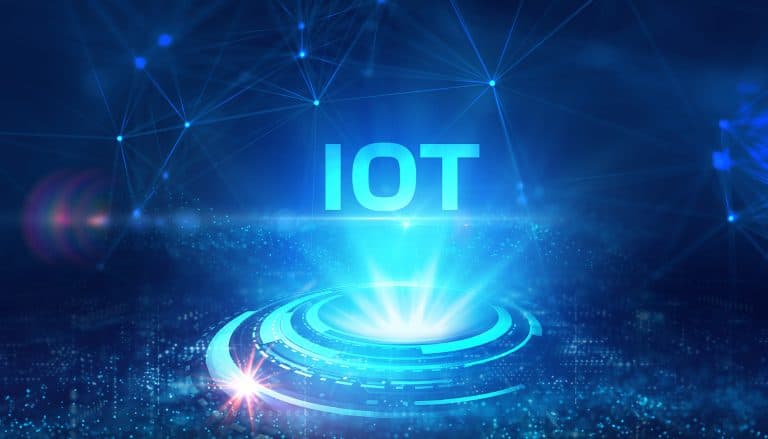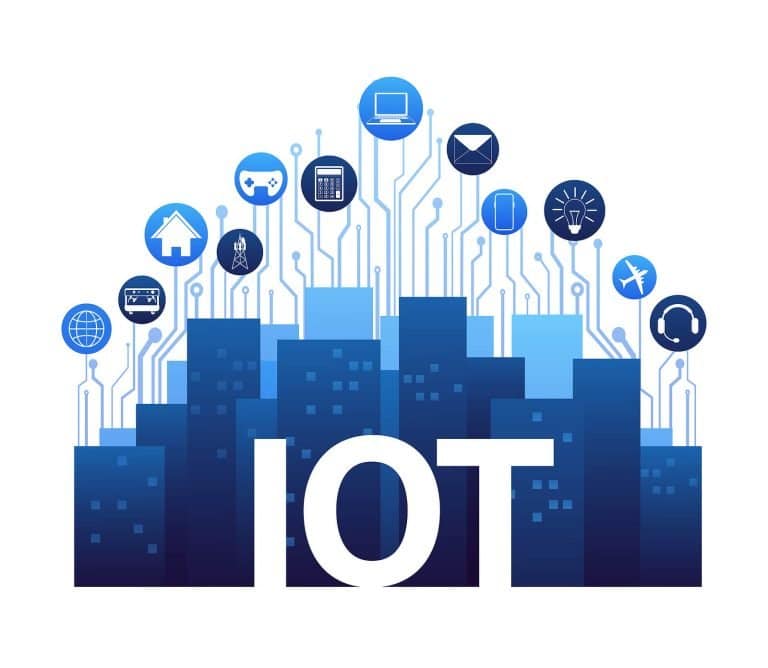How is IoT building a more sustainable future? Read on!
Table of Contents
ToggleAnyone keeping up with global issues understands the seriousness of the current climate crisis.
Humanity’s impact on the planet has undoubtedly caused issues for wildlife and the environment. Leveraging various technologies may seem counterintuitive because technological advancement and sustainability are mutually exclusive.
However, one technology, the Internet of Things (IoT), could play a significant role in developing a more sustainable future for coming generations.
The IoT is already a prevalent technology across many sectors. It may be the missing piece of the puzzle in combating climate change and creating a better environment for all.
Why Build a Sustainable Future?
The U.S. Environmental Protection Agency (EPA) suggests that sustainability is based on one principle: Human survival and well-being depend, indirectly or directly, on the state of our natural environment. People and nature must exist under certain conditions to sustain life and support future generations.
The main reason why sustainability needs to be prioritized is that the entire planet is a shared resource from which everyone benefits freely. More governments, businesses and individuals must adopt sustainable habits and practices to continue benefiting from all the Earth has to offer.
Achieving sustainability seems easy on paper, but it takes a lot of collaboration, investment, planning, and trial and error to get it right. Many experts believe technology will become indispensable in the fight against climate change and fuel the transition to renewable energy, both of which are critical to sustainable development.
How IoT Positively Impacts Sustainability Efforts
How does IoT technology impact sustainability? What types of IoT applications would be most useful in working toward this goal? There are no clear answers to these questions, but we do know how IoT has already proven helpful in positively changing the environment.
Here are some of the top ways IoT will revolutionize various industries and help businesses achieve sustainable practices.
1. IoT in Smart Energy Management
HVAC, lighting and other energy-consuming systems often prioritize user comfort and convenience over sustainability. Because of this, many homeowners and building managers are looking for viable solutions to create efficient, eco-friendly energy management systems. Using IoT for power-related components within a building or home can make a world of difference regarding environmental impact.
Real-time, granular data from IoT devices and sensors can alert homeowners and building managers about a structure’s efficiency and overall carbon footprint. Another helpful IoT device is an occupancy counter, which determines energy needs depending on how many people reside in a building. These IoT applications create smarter, more sustainable power management.
2. IoT Smart Waste Management
Pollution is a significant issue impacting many countries worldwide. As the population grows, so does waste production. Landfills are overflowing and many common materials are not biodegradable, two factors that wreak havoc on the environment.
Wireless IoT devices can be used to manage waste properly. This includes monitoring how much trash is in one garbage can, aligning emptying schedules and ensuring hygienic bins.
3. IoT Air Quality and Pollution Monitoring
Indoor and outdoor air quality monitoring can be accomplished using IoT technologies. Sensors allow companies and individuals to monitor their buildings’ indoor air quality (IAQ) so they can make informed adjustments to be more efficient.
IoT devices can also detect carbon monoxide, ozone, methane, volatile organic compounds (VOCs) and other pollutants. Organizations can use this data to determine the root cause of these pollutants and devise a solution to fix the problem. Maintaining IAQ and outdoor air quality is essential for sustainability.
4. Smart Agriculture
Smart agriculture, also known as smart farming, is a popular trend for two main reasons: analytics and higher production rates. There will be a higher demand for agricultural products due to population increases, from vegetables and fruits to beef and chicken.
Farmers and agricultural companies are investing in IoT technology to gain more insight into their processes. Professionals can use it to make informed decisions regarding their crops and maximize output to meet rising demand. Additionally, IoT helps farmers use fewer harmful chemicals, such as fertilizers and pesticides, to keep soil healthy for future harvests.
5. IoT in Traffic Analytics and Optimization
The number of vehicles on the roads worldwide contributes to rising greenhouse gas emissions, causing global temperatures to increase. This is a critical driver of climate change. As a result, some smart cities leverage IoT to improve public transportation systems and benefit from traffic analytics.
Optimizing traffic flow and taking optimal routes can help overcome these environmental challenges. IoT can create faster, smoother and more fuel-efficient transportation systems. It can even help drivers spend less time searching for parking spaces, which costs time and fuel.
6. IoT in Marine Conservation
The IoT can also help improve conditions in marine environments. For example, the Ocean Cleanup Initiative uses a solar-powered tracking system to monitor oceanic conditions, determine areas with plastic pollution and assess marine population analytics. Modern solar cells average about 15%-18% efficiency, and further development could increase that figure.
IoT is also helpful in forecasting future weather patterns and confronting human problems such as overfishing. This is another environmental issue that must be addressed to support sustainable development. ThisFish, an IoT-powered tracking network, can alert authorities to detect and stop illegal fishing, which causes harsh effects on marine life species and populations.
Currently, IoT has a wide range of applications and use cases. More will likely emerge as the technology continues to evolve. However, leveraging IoT to help businesses and citizens achieve more sustainable habits can help overcome ongoing environmental issues.
Reaching Sustainability Goals
There is no one perfect technology to combat climate change or achieve sustainability. However, researching which technologies can make a difference and positively impact the environment is well worth the effort.
Countries and their leaders must consider using IoT tech to reach their sustainability targets. Experts and scientists warn that waiting too long could lead to irreversible damage, so now is the time to start living more sustainably.





